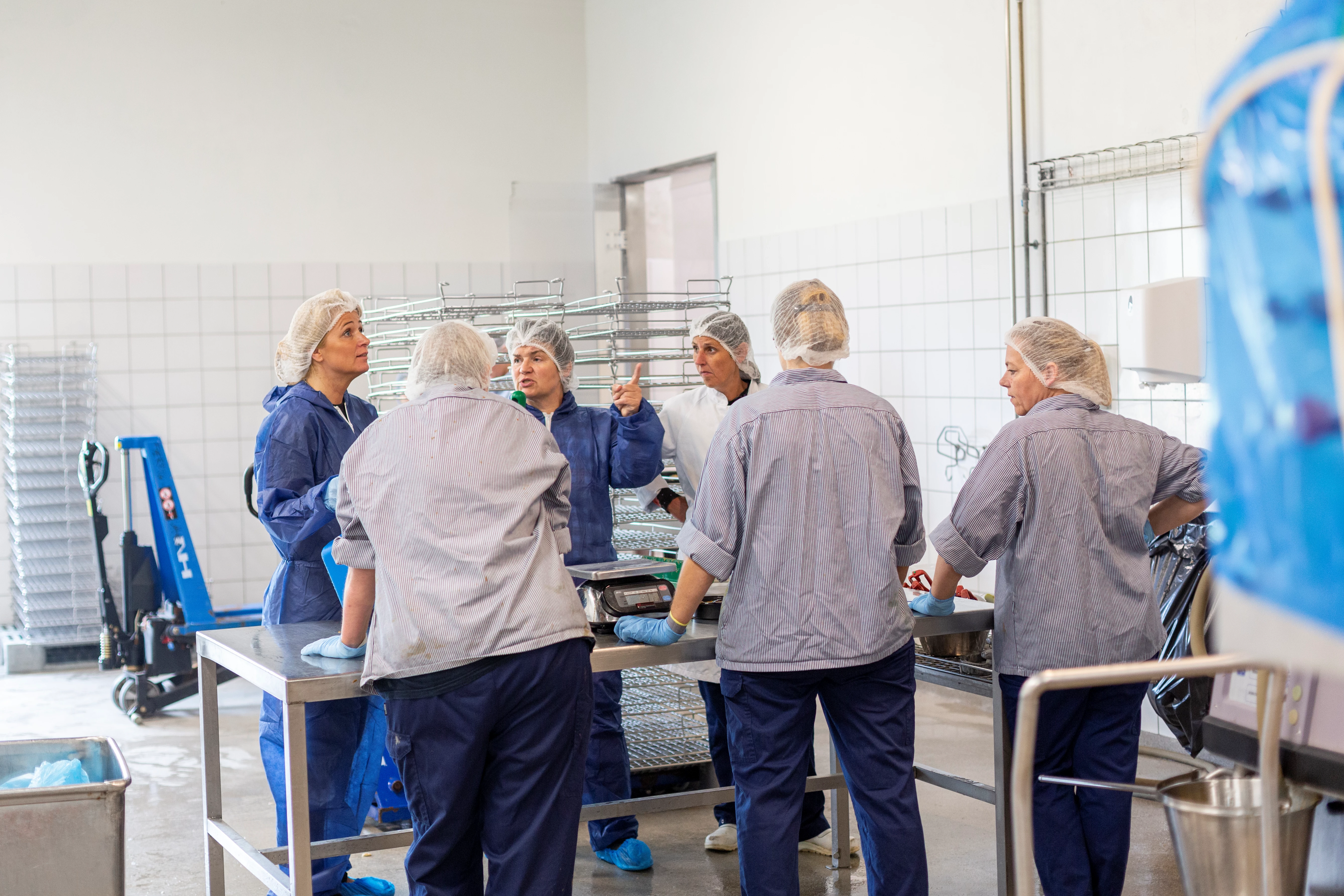In the webinar “5S in the Food Industry: How to Develop an Employee-Driven Tool Management Program,†Amit M. Kheradia shared insights on how 5S can transform workspaces into clean, safe, and well-organized environments by focusing on hygiene, sanitation, and material handling tools. With over 1,800 participants, there were many great questions that couldn’t be addressed during the session. Here are the top five answers from Remco and Vikan hygiene experts. 5S originated in Japan's automotive industry and became a key component of Lean Enterprise, which aims to reduce or eliminate waste—often referred to as TIMWOODS (Transportation, Inventory, Motion, Waiting, Overproduction, Overprocessing, Defects, Skills). While not all wastes can be fully eliminated, implementing 5S can significantly reduce issues like rework, cross-contamination, and inefficiencies by maintaining a structured, clean environment. 5S zoning divides the workspace into specific areas with assigned responsibilities, while color-coding helps identify tools for different zones (e.g., red for food contact, blue for ready-to-eat areas). Shadow boards, which show where each tool should be placed, make it easy for workers to find and return tools, supporting visual management and reducing errors. Getting buy-in from both management and frontline staff is crucial. Creating a 'visual factory' allows problems to be seen and fixed quickly. Breaking tasks into simple steps, providing training, and involving teams in root cause analysis can boost engagement and ensure long-term success. No, 5S doesn't replace Good Manufacturing Practices (GMPs) but supports them by making visual issues easier to spot and fix. It also enhances safety by reducing clutter and improving visibility, which lowers the risk of accidents. Sustaining 5S requires building a culture of continuous improvement. This includes regular reviews, using visual communication, and ensuring that reviewers are separate from implementers. Empowered employees who understand the system are key to long-term success. Our Remco/Vikan Site Survey can help your team establish an effective 5S tool management system. Contact us for a virtual or on-site consultation to address your unique challenges. Let us know if you'd like more details! In this final post of the series, we explore EU and U.S. food safety regulations, key global standards, and best practices for manual cleaning. Understanding these expectations is essential for compliance and operational excellence. In part five, we look at the departments and individuals involved in the cleaning process within a food facility. Clear roles and responsibilities are vital for maintaining hygiene and compliance. In this installment, we explain how to identify high-risk areas and determine cleaning frequencies. These steps are crucial for maintaining hygiene and preventing contamination. Sports water bottle,GYM water bottle,Running water bottle,Cycling water bottles,Team water bottles Guangzhou Liben Plastic Industry Co., LTD , https://www.libenbaby.com1. How is 5S related to Lean Enterprise, and can it help eliminate waste in a food facility?
2. What’s the difference between zoning by 5S and color-coding, and how do shadow boards support 5S?
3. How can you motivate employees to adopt and sustain a 5S program?
4. Can 5S replace GMPs, and does it improve employee safety?
5. How can you sustain a 5S program over time?
Recent blog posts
ABC’s of Manual Cleaning Part VI: Regulatory and Standards Expectations Regarding Manual Cleaning

ABC’s of Manual Cleaning Part V: Who is Responsible for Manual Cleaning?
ABC’s of Manual Cleaning Part IV: Where and When to Manual Clean?
See all posts
Amit M. Kheradia - Former Environmental Health and Sanitation Manager, Vikan North America
Amit M. Kheradia - Former Environmental Health and Sanitation Manager, Vikan North America
Amit M. Kheradia - Former Environmental Health and Sanitation Manager, Vikan North America